Pband
TPF Noob!
- Joined
- Mar 19, 2009
- Messages
- 48
- Reaction score
- 0
- Can others edit my Photos
- Photos OK to edit
Hi friends,
I just wonder about whether various filters are anymore needed for digital photography where we can edit and filter the photos (although I am absolutely new about PhotoShop)?
I only have UV filters for my lenses. Do I also require to buy any other filter or my photos can be edited with various filter effects after I shot the photos?
Please help me as I am setting out for a tour for 17 days.
I just wonder about whether various filters are anymore needed for digital photography where we can edit and filter the photos (although I am absolutely new about PhotoShop)?
I only have UV filters for my lenses. Do I also require to buy any other filter or my photos can be edited with various filter effects after I shot the photos?
Please help me as I am setting out for a tour for 17 days.


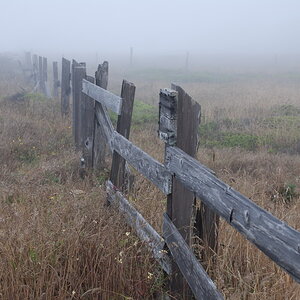
![[No title]](/data/xfmg/thumbnail/42/42025-fa343f816d0cedc45447aa0b300e301e.jpg?1619739982)

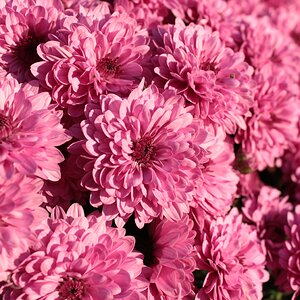
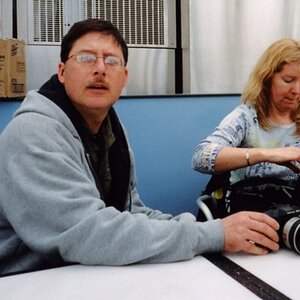

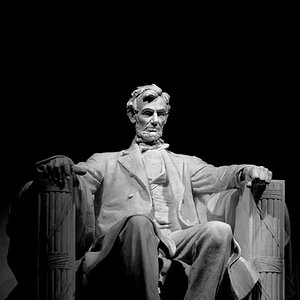
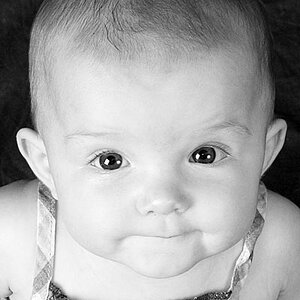
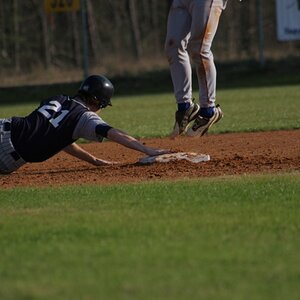


![[No title]](/data/xfmg/thumbnail/32/32166-ddd2797e76a9226d289c2158c3cf7b67.jpg?1619735234)